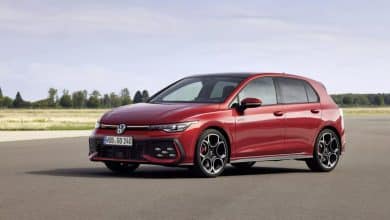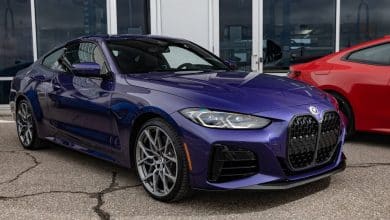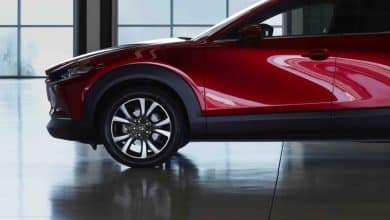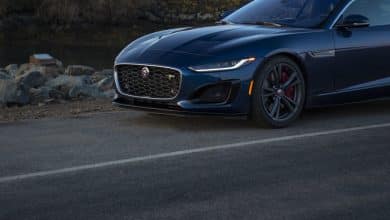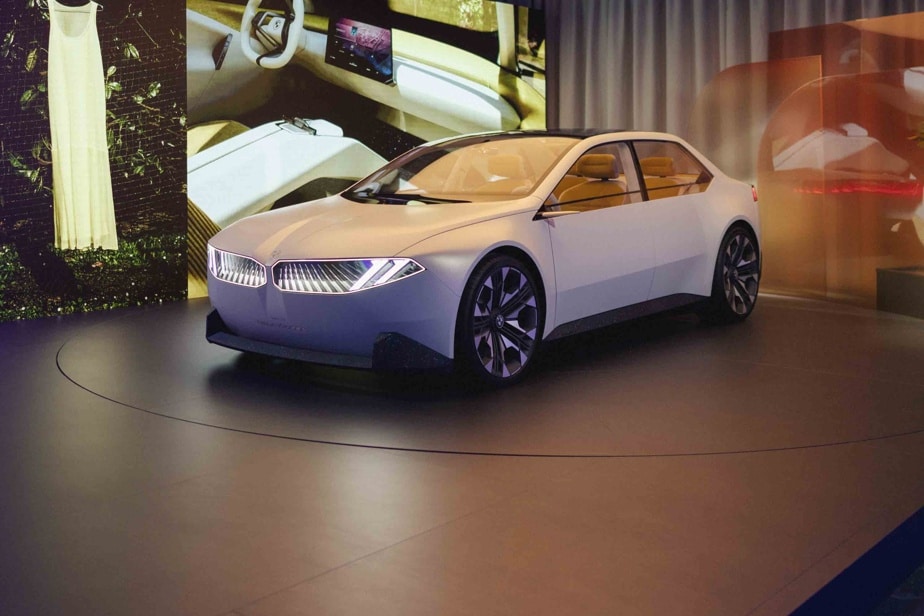
Engaged in the complete transformation of their range and threatened by young shoots, the brands Audi, BMW, Cadillac and Volvo are playing big these days. They dare a bet which it is not said that all will take up successfully.
The IAA Mobility in Munich bears little resemblance to the idea of a traditional motor show. Far from there. Here, the automobile is not at the heart of this event. It devotes as much space to bicycles, scooters and other environmentally friendly means of transport. But the metropolitan region of Munich is also the stronghold of BMW and Audi (Ingolstadt). Two manufacturers who are revealing, for the first time, important advances, which will have a major impact on their future and that of the groups to which they belong.
For months, even years, BMW has been waiting for this moment to (re)introduce the “Neue Klasse”; a name formerly used in the 1960s and 1970s and which somehow refers to the canvas in which BMW cuts several families of models.
By revealing the Vision Neue Klasse, BMW is giving a precise taste of the mold in which all BMWs will be made from 2025. This will merge electric propulsion, digitization and circular economy. Like simplifying the materials as much as possible by ensuring that the light will forge the identity of a model in the future and not the complexity of its bodywork.
The latter, moreover, is not revolutionary, but BMW defends its choice not to rush its customers with a too “futuristic” design. Failing to show on the outside the revolution it brings on the inside, this “Neue Klasse” is not lacking in ambition. Its electrified architecture promises to offer increased autonomy thanks in particular to the development of a battery whose cell design (ovoid) increases energy density by 20% and improves autonomy (+30%). A gain that is added to others, just as impressive, in the field of recharging speed (+30%) and software efficiency. Lots of numbers to confirm.
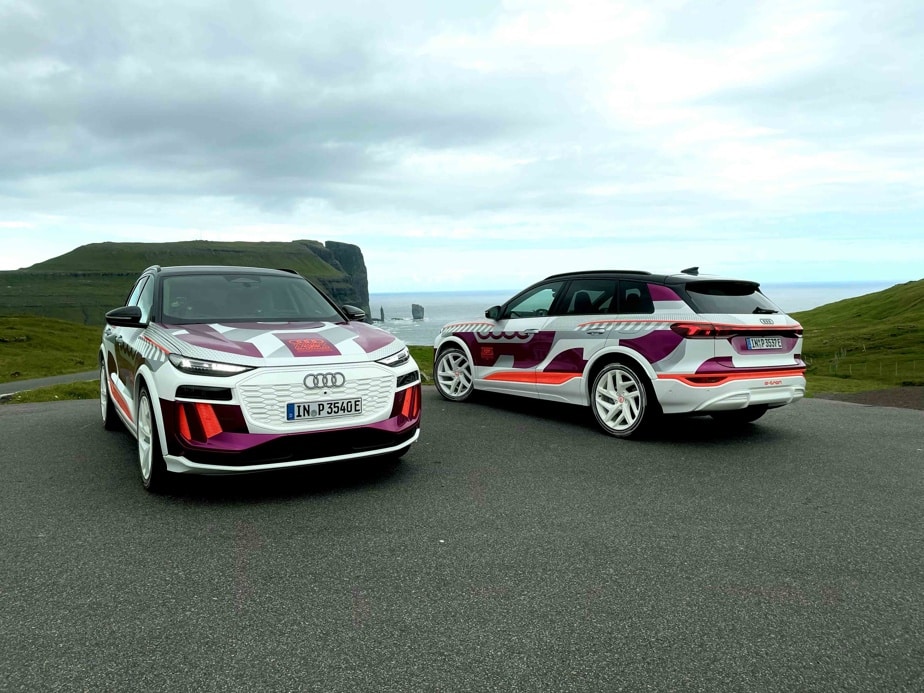
PHOTO ÉRIC LEFRANÇOIS, SPECIAL COLLABORATION
Audi completed validation tests of the future Q6 e-Tron in the Faroe Islands in the company of representatives of the press last July.
At Audi, the content also takes precedence over the container. Even wrapped up as it was, a few weeks ago in the Faroe Islands where we tried it, the Q6 e-Tron, it’s clear, blends completely into the formal language of the brand with the rings. The thrill of innovation lies elsewhere. In the light signature for example which, this time, goes well beyond the garlands and fantasies of the same kind to which manufacturers have accustomed us so far. In the case of the Q6 e-Tron, the taillights feature six OLED panels capable of generating a new image every 10 milliseconds. And among these images, we find in particular pictograms inspired by road signs. These allow communication with other road users in order to warn them of a potentially dangerous situation (breakdown, accident or door opening, etc.).
But the significance of the Q6 e-Tron lies elsewhere than in its light signature. This utility, whose marketing should begin in the fall in Europe, will indeed be the first vehicle to introduce a brand new electrical architecture of 800 volts (code name PPE). This will incorporate several new features, including a charging capacity of 270 kW and an assumed range of more than 700 km (WLTP standard). This will then benefit all the brands of the Volkswagen group (VW), including Porsche, which will use it in particular for its future electric Macan. For Audi, this is an important test. Good or bad, the performance and reliability of this platform could have a significant impact on the objectives that Audi has set for itself by 2030. And even more so on the Artemis project (the PPE platform prefigures it) whose release date is constantly postponed by the VW group.
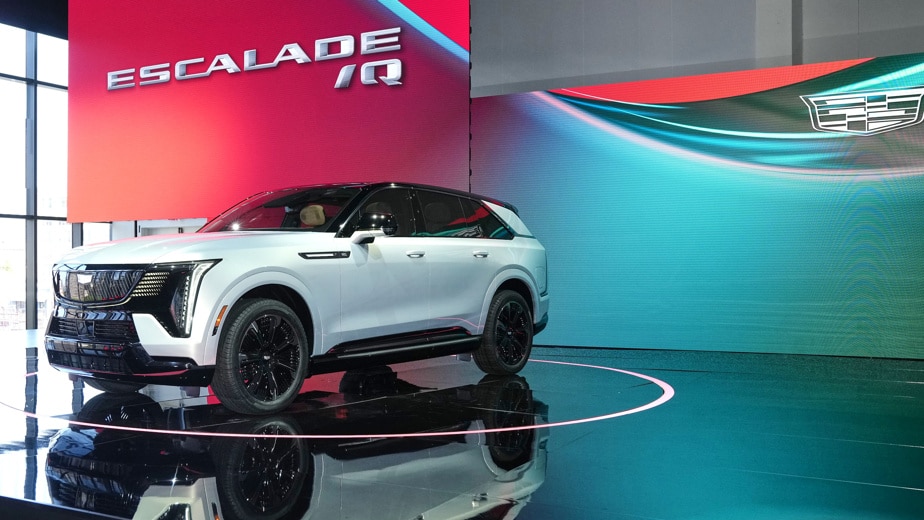
PHOTO PROVIDED BY CADILLAC
A week before its official, public launch in New York, Cadillac revealed the key attributes of the Escalade IQ to a small group of reporters in Detroit.
The size does not influence the big prices
6946 kilometers from Munich, Cadillac management also has an important card to play by electrifying its flagship model, the Escalade. More compact, more aerodynamic and above all more ecological, this Escalade IQ will most certainly have a very limited distribution ($130,000 US, now imagine in Canadian dollars), but the important thing is elsewhere. Cadillac has been chasing after its glorious past for some time now and the Escalade IQ, more than any other model in its current lineup, could allow it to enhance its heritage. And also demonstrate that the brand is in no way destabilized by electrification. Although the Escalade IQ has several points in common with the Hummer EV (architecture, functionalities, engines, etc.), Cadillac nevertheless intends to prove that the electric vehicles of tomorrow will not be interchangeable, silent, odorless or tasteless. . Moreover, Cadillac is already preparing a suite with an elongated version (ESV IQ) and another, performance, to enrich its subsidiary V.
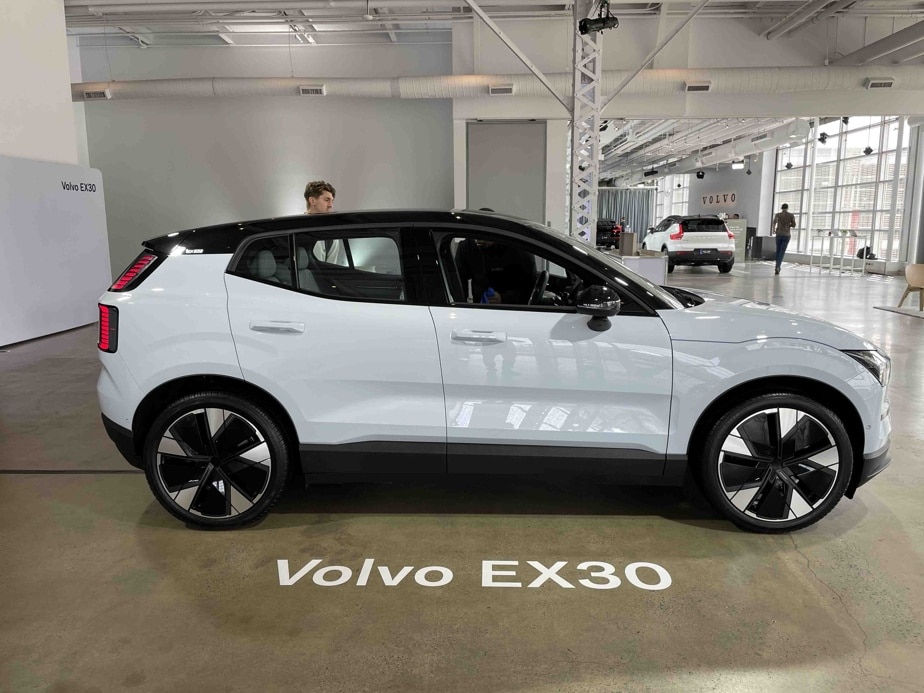
PHOTO ÉRIC LEFRANÇOIS, SPECIAL COLLABORATION
It was at the Montreal Science Center that Volvo presented a Canadian preview of the EX30 a few days ago.
The Escalade IQ is intended, for the less fortunate at least, as a business card and a demonstration of technological strength. It is quite different with the Volvo EX30 presented ten days ago at the Montreal Science Center. This new entry ticket from the Sino-Swedish brand will invite consumers to express their interest (by making a reservation deposit) this fall. The first deliveries will begin in the second quarter of 2024.
This model in the making, which will be born in China, is based on an unprecedented electrical architecture. Powered by a 69 kWh battery, which the EX30 claims to go 443 kilometers on a full charge in its two-wheel drive (rear-wheel-drive) configuration. Innovative, functional and “funny fun fun” as comedian Marc Labrèche would say, this urban electric vehicle requires a higher outlay than some imagined. Asked by Volvo management to guess the starting price before its announcement, the set of journalists present at the preview bet in a price range between $37,000 and $49,000. Wrong answer. The starting price is set at $53,700.



